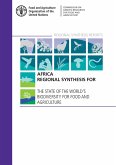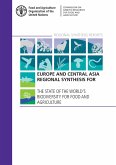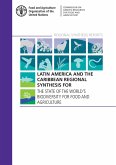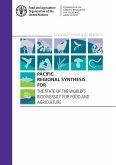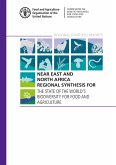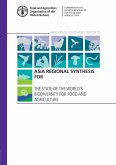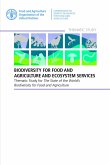Prepared through a participatory, country-driven process, the report draws on information from 91 country reports to provide a description of the roles and importance of biodiversity for food and agriculture, the drivers of change affecting it and its current status and trends. It describes the state of efforts to promote the sustainable use and conservation of biodiversity for food and agriculture, including through the development of supporting policies, legal frameworks, institutions and capacities. It concludes with a discussion of needs and challenges in the future management of biodiversity for food and agriculture.
The report complements other global assessments prepared under the auspices of the Commission on Genetic Resources for Food and Agriculture, which have focused on the state of genetic resources within particular sectors of food and agriculture.
Dieser Download kann aus rechtlichen Gründen nur mit Rechnungsadresse in A, B, CY, CZ, D, DK, EW, E, FIN, F, GR, H, IRL, I, LT, L, LR, M, NL, PL, P, R, S, SLO, SK ausgeliefert werden.



